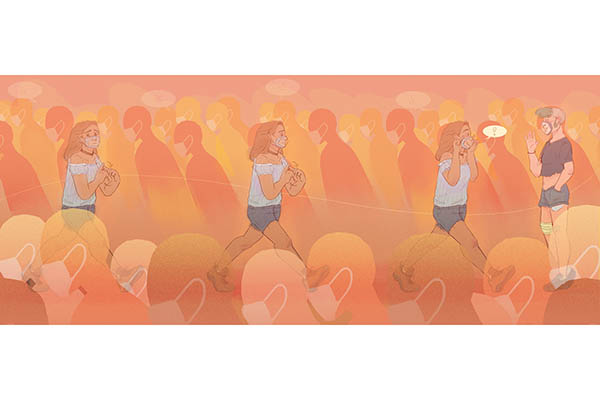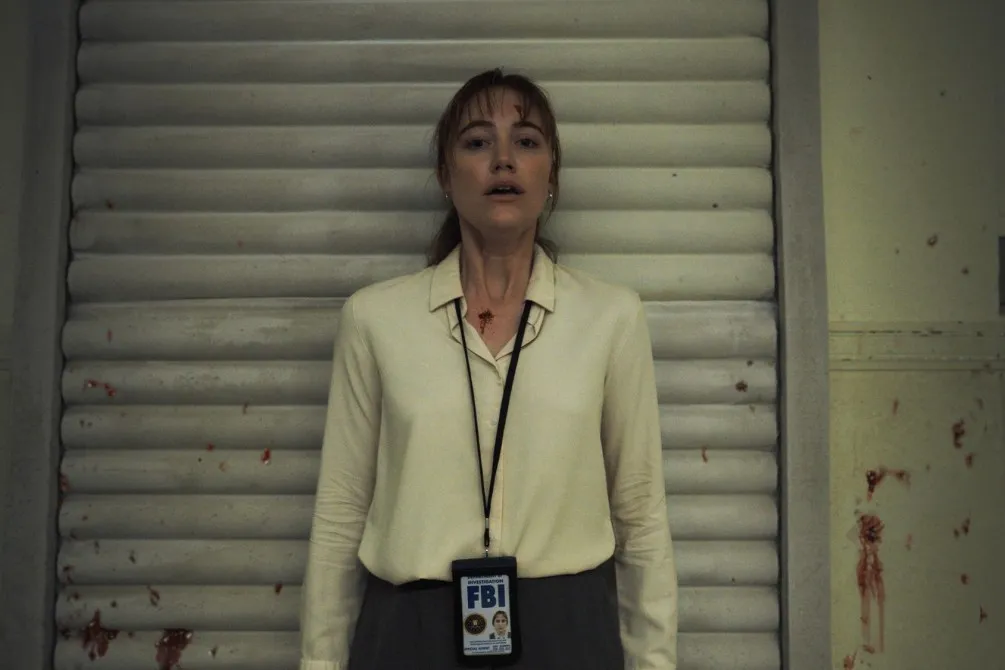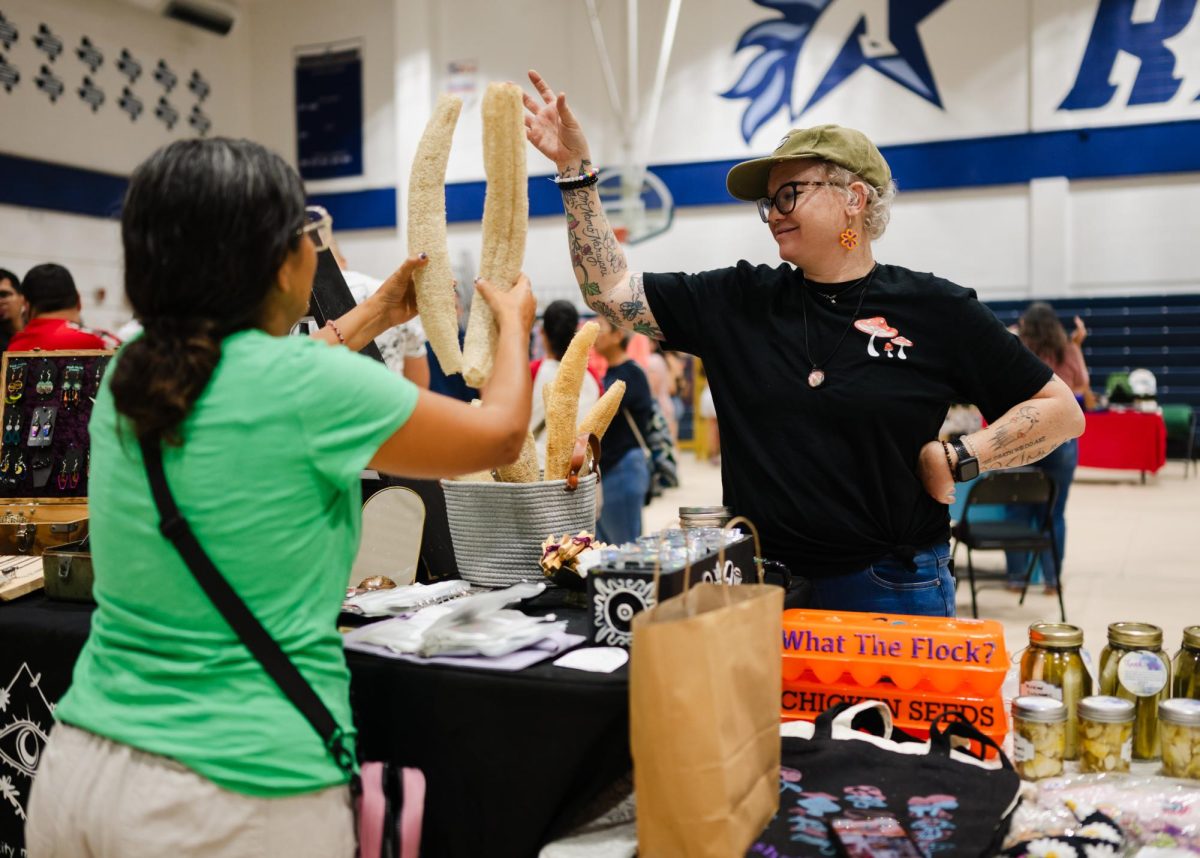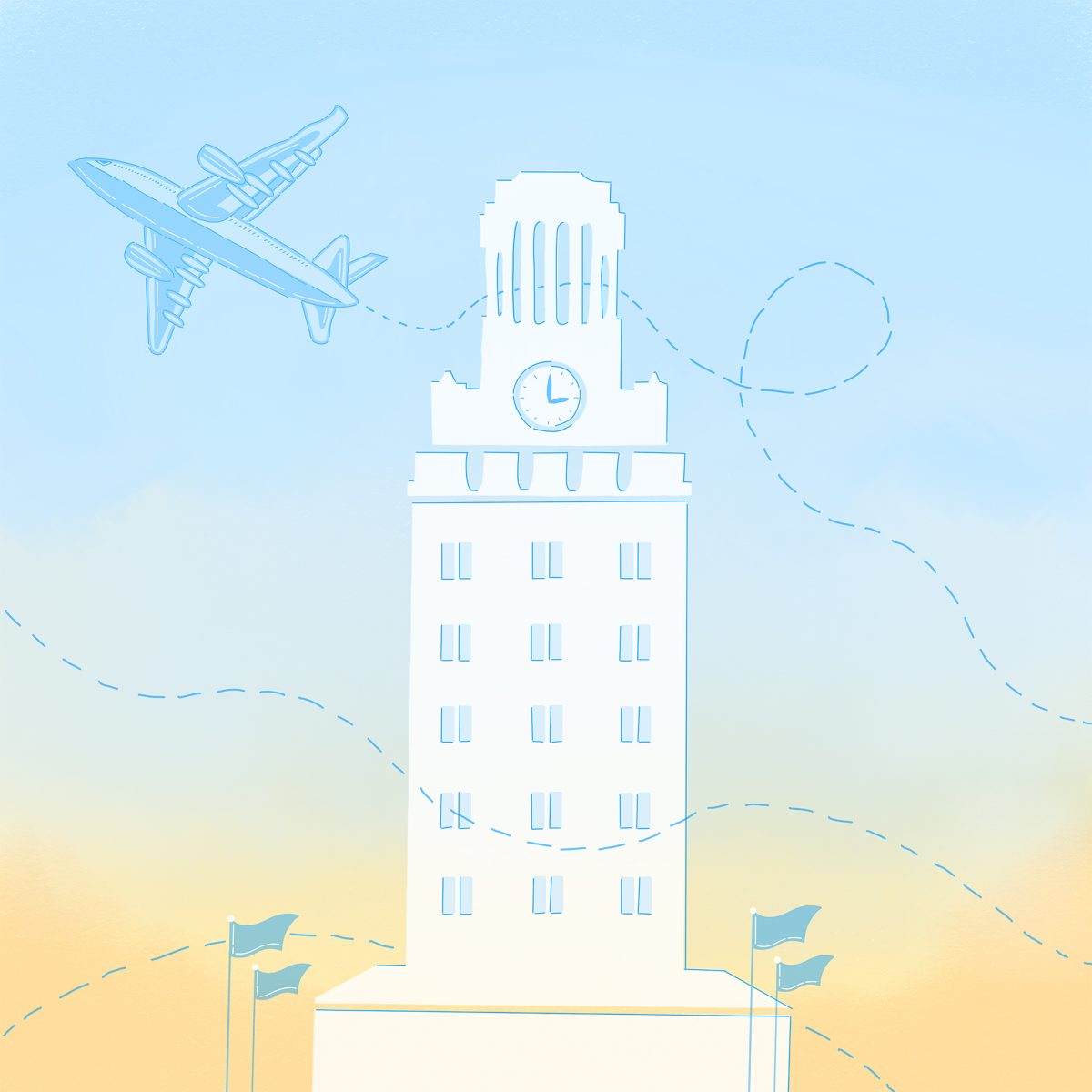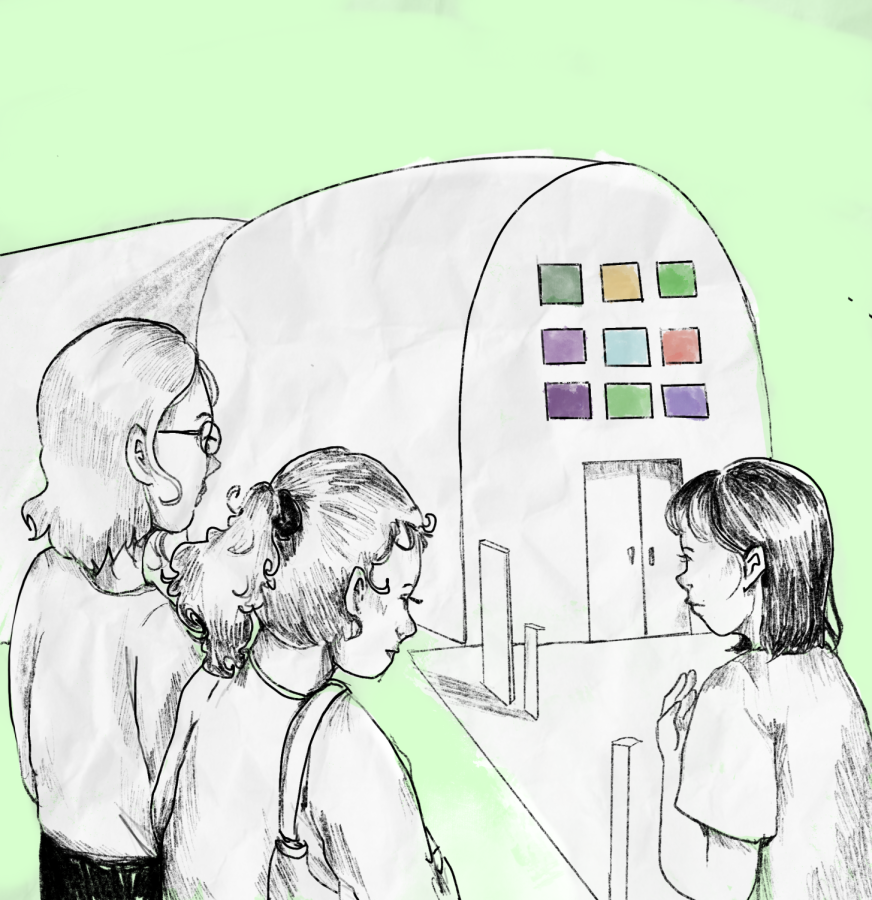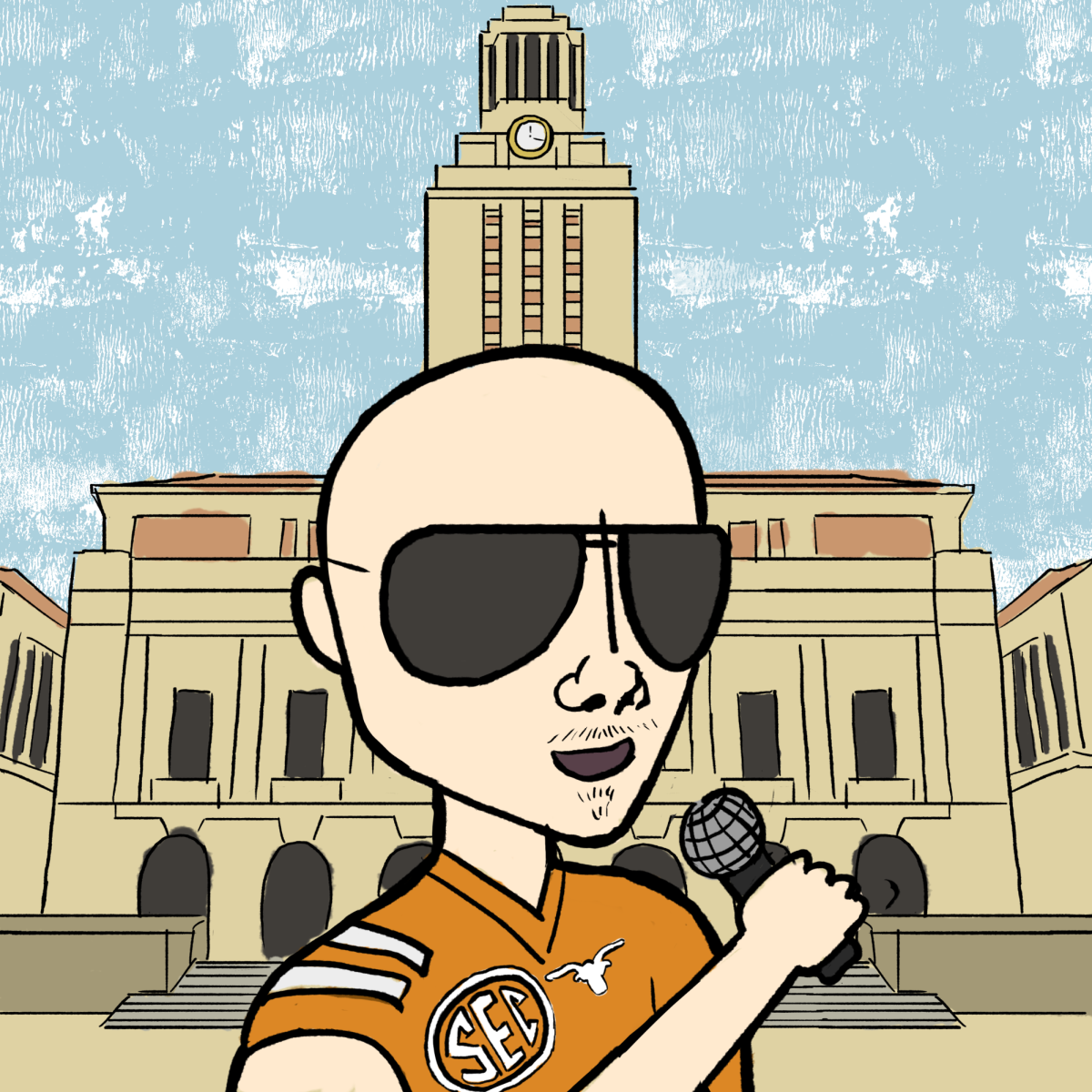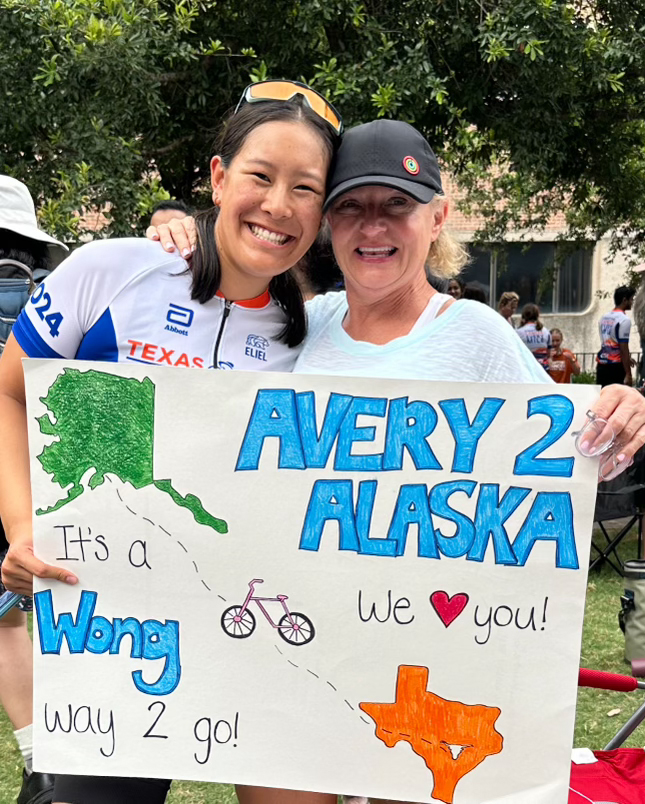On a typical morning, Dr. Christopher Moreland, associate professor of internal medicine, is greeted in the hallways of Dell Medical School. Now with the widespread use of face masks, he suspects he’s missed several greetings.
Deaf and hard of hearing professors and students have been forced to adapt to the Texas face mask mandate. Moreland said opaque masks present a new communication barrier for the Deaf and hard of hearing community to navigate.
Facial features, mouth movements and hand signs are all essential to communicating in American Sign Language. With the use of masks, Moreland said some Deaf people are doing extra cognitive work to make up for the loss of visual cues.
“Given how prevalent hearing loss is, … the visual access to a person's face whether or not they're signing or they're using spoken English is absolutely imperative,” Moreland said.
Because masks are essential for slowing the spread of COVID-19, face masks with clear plastic panels could be an effective solution, Moreland said. The Centers for Disease Control and Prevention also recommends clear face masks as a viable accommodation.
Growing up Deaf in a hearing family, graduate student Claire Ryan said in an email that she often uses lipreading.
“Lipreading is a valuable tool for many Deaf people,” Ryan said. “But it requires a lot of guesswork and contextual clues to piece together what the person is saying.”
Some ASL signs have multiple meanings that can be difficult to decipher without certain facial expressions, ASL senior lecturer Franky Ramont said. Ramont said she can usually understand ASL from those wearing masks because it’s her first language. However, this isn’t the case for most of her students.
“It’s their second language and I want to (teach) it well,” Ramont said. “(With masks it) is impossible to really have the language come across clearly and facial features are so vital.”
On top of COVID-19 concerns, Ramont said the inability for students to see her facial expressions led her to teach entirely online this fall.
Kathleen Harrison, communications manager for the Office of the Executive Vice President and Provost, said in an email that UT ordered clear face masks for those who request them through the accommodation process. Moreland said clear face masks are especially effective when worn by hearing people.
“Let's go back to when we start making decisions about how and where we interact with each other,” said Stephanie Cawthorn, director of the Deaf and Hard of Hearing Institute in the Meadows Center for Preventing Educational Risk. “Are you thinking about accessibility in the first place and not just after the fact? I think that's a lesson we're all learning.”
Cawthorn said it’s best to ask a Deaf or hard of hearing person how they prefer to engage in conversation, especially regarding mask accommodations.
When others recognize Ryan is Deaf, she said they often pull their masks down to speak with her, which puts her health at risk.
“I now explicitly ask people to please not pull down their mask, and to either type on their phone or write via pen and paper to communicate with me,” Ryan said in an email.
Moreland said he worries opaque face masks increase communication barriers and feelings of isolation for the Deaf population, but the broad use of clear face masks could eliminate those barriers.
“I think we should be using clear masks as often as possible,” Moreland said. “The more of a person's face you can see, the more reassuring it is, the less anxiety provoking it is. It's the concept of universal design.”



